5 Common Mistakes in Steam Trap Installation That Factories Often Encounter
5 Common Mistakes in Steam Trap Installation That Factories Often Encounter
In industrial steam systems, steam traps play a crucial role in discharging condensate and air while retaining live steam to optimize system efficiency. However, many factories still face steam loss, energy waste, or equipment damage due to improper steam trap installation. Below are the 5 most common mistakes that engineers and plant operators should avoid:
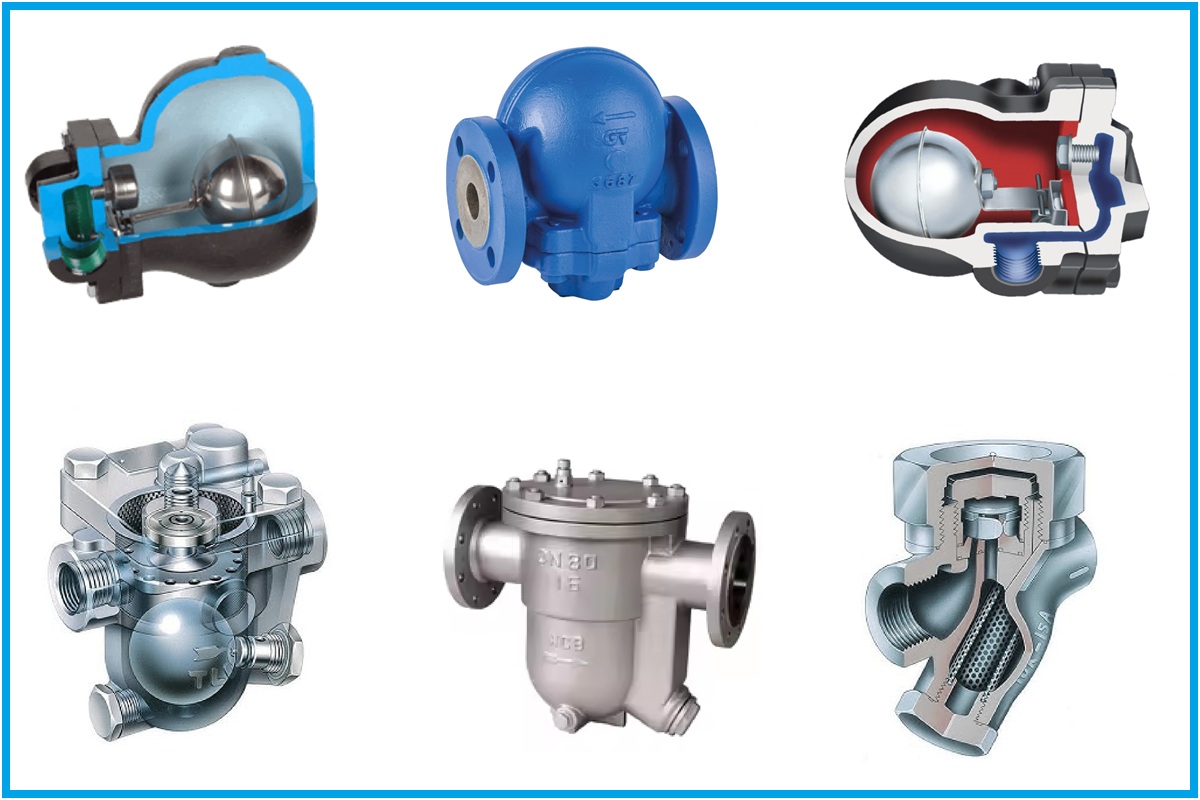
1. Choosing the Wrong Type of Steam Trap for the Application
Many factories select steam traps based on habit or reference from other systems without considering specific factors such as condensate load, pressure, temperature, and the type of steam equipment (e.g., heating, drying, heat exchangers).
Real-life example:
Using a float trap for a main steam line is inappropriate because float traps are not suitable for large condensate loads or high-pressure systems.
Recommendation:
Conduct a thorough system survey and select the correct type of trap: float, thermodynamic, inverted bucket, disc, etc., depending on the application.
2. Installing Steam Traps in the Wrong Direction or Position
Although steam traps have flow direction markings, many factories install them backward or in unsuitable locations, causing the trap to malfunction or fail prematurely.
Signs to watch for:
• Trap fails to discharge condensate, water accumulates in the system, abnormal pressure differences.
Recommendation:
• Install traps in the correct flow direction and at the correct height.
• Position the trap at the lowest point where condensate collects.
3. Omitting Essential Accessories Such as Strainers and Bypass Valves
To cut costs, some factories skip installing strainers, bypass valves, or isolation valves.
Consequences:
• Dirt and debris clog the trap, preventing condensate discharge and reducing trap lifespan.
• Maintenance becomes difficult, requiring a system shutdown to replace the trap.
Recommendation:
• Always install a strainer before the trap.
• Include bypass and isolation valves for easier inspection and replacement.
4. Installing Too Few Traps or Combining Multiple Drain Points into One Trap
Some technicians combine multiple condensate discharge points into one trap to save costs, overloading the trap and preventing it from handling condensate properly.
Consequences:
• Water accumulation in equipment, causing rust, corrosion, or even water hammer risks.
Recommendation:
• Install enough traps at the correct locations throughout the system.
• Avoid combining multiple condensate points into one trap unless properly calculated.
5. Failing to Conduct Regular Steam Trap Inspections and Replacements
Over time, steam traps wear out, become stuck, or leak. Without regular inspections, live steam may leak unnoticed, leading to significant energy loss.
Estimated losses:
• One failed trap can waste 10–50 kg of steam per hour, equivalent to hundreds of millions of VND per year.
Recommendation:
• Set up a regular steam trap inspection schedule (every 3–6 months).
• Use inspection tools such as ultrasonic devices or temperature sensors.
• Replace faulty traps promptly to save energy.
Conclusion
Steam traps may be small components, but they play a vital role in a factory’s steam system. Improper installation or neglecting maintenance can lead to considerable energy costs and safety issues.
If your factory needs free consultation on steam trap installation or inspection, feel free to contact us – Phuc Minh Engineering Company. We are ready to conduct on-site surveys and provide optimal solutions for your steam system.
Contact Information: Mr. Vinh - 0902800728
Email: vinh@pm-e.vn
Related News
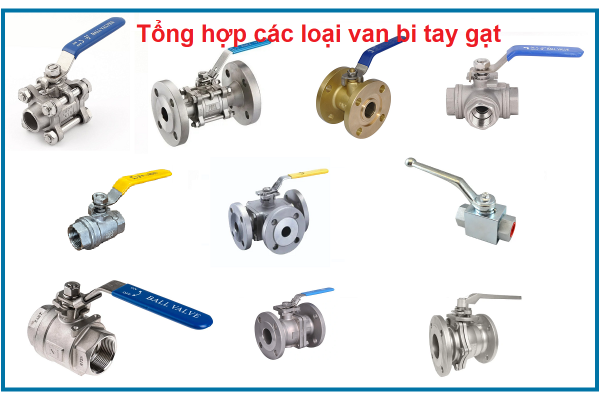
Comprehensive Valve and Process Control Solutions for Key Industries
16/07/2025
Water Treatment Industry – Scale and Challenges Water treatment is a vital sector, ensuring safe water supply for both residential and industrial use. As urbanization and industrialization accelerate, water treatment systems must meet increasingly stringent requirements: Ensure output water quality meets national and international standards. Maintain continuous, stable operation while minimizing unexpected downtime. Optimize energy efficiency and reduce operational and maintenance costs. Integrate monitoring and automation for enhanced remote control and management. Comply with strict environmental protection regulations and carbon emission reduction goals.
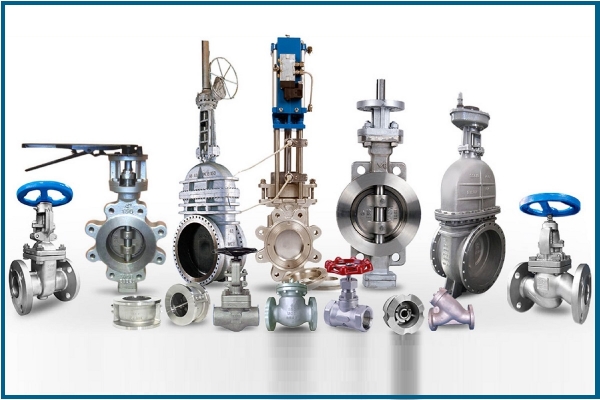
Korea Industrial Valve?
15/07/2025
Industrial valves play a crucial role in ensuring the smooth operation of modern pipeline systems, from large-scale manufacturing plants to daily water supply systems. They help control flow, regulate pressure, and protect equipment, contributing to safe and efficient system operation. In this article, Phuc Minh Engineering—a leading distributor of genuine industrial valves in Vietnam—will help you better understand industrial valves: their definition, classification, operating principles, and real-world applications. What Is an Industrial Valve? An industrial valve is a mechanical device installed in pipelines to control the flow of fluids. Fluids can include liquids (water, oil, chemicals), gases (compressed air, gas), or even slurry and powder. Main Functions of Industrial Valves: Fully open/close fluid flow Regulate fluid flow rate Adjust system pressure, protect equipment Switch flow direction Prevent incidents such as overpressure or backflow Phuc Minh Engineering offers expert consultation on selecting the right valve to optimize system efficiency, reduce operating costs, and extend equipment lifespan.
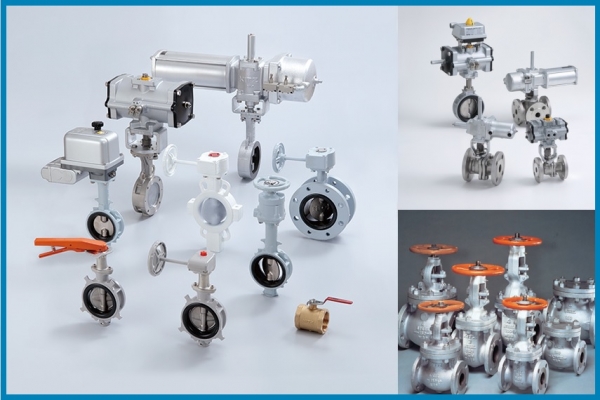
Kitz Valves – Top-Quality Industrial Valves from Japan
15/07/2025
Kitz Valves are a leading industrial valve brand from Japan, widely trusted in Vietnam across factories, industrial zones, water supply projects, oil & gas, and chemical industries. Thanks to outstanding quality, high durability, and a wide product range, Kitz valves are always among the first choices for MEP engineers. 1️⃣ What Are Kitz Valves? Kitz Valves are manufactured by Kitz Corporation of Japan—one of the largest industrial valve manufacturers worldwide. Kitz is renowned for strict production standards, consistent quality, and long product lifespan. Key Advantages: 100% made in Japan or by Kitz Group factories Wide material options: cast iron, bronze, stainless steel, forged steel, plastic High pressure and temperature resistance Long service life, smooth operation, easy maintenance
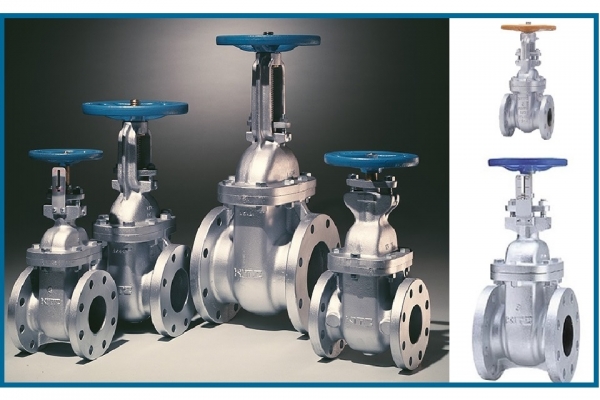
What Is an Industrial Valve? Types, Applications, and How It Works
14/07/2025
Industrial valves may seem like small components, but they play an essential role in the operation of countless modern piping systems. From large-scale manufacturing plants to residential water supply and drainage systems, industrial valves are always present, performing critical functions that help control fluid flow safely and efficiently. So, what exactly is an industrial valve? What types are there? How do they operate, and in which industries are they commonly applied? Let’s explore these questions in detail with Phuc Minh Engineering in the article below.
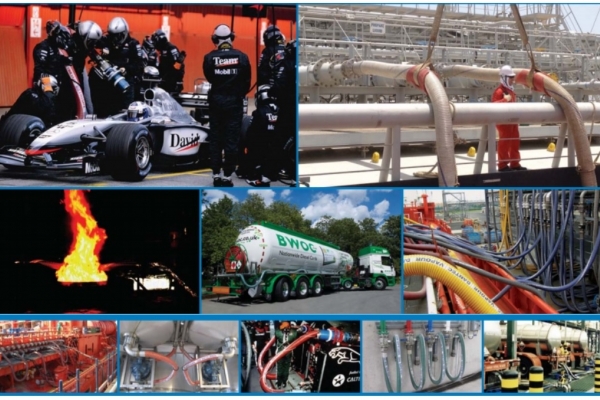
DANTEC FUEL & LPG COMPOSITE HOSE – 24-MONTH WARRANTY
12/07/2025
Official Authorized Distributor in Vietnam: Phuc Minh Engineering Co., Ltd Condition: 100% Brand New, Complete with CO/CQ and Test Reports Warranty: 24 months (Official Dantec UK Warranty) Origin: Dantec – United Kingdom Application: Flexible hose specially designed for the transfer of gasoline, diesel, LPG, chemicals, and vapors Product Specifications: Model: DANCHEM PA SS 100 Construction: Inner Liner: High-quality Polyamide (PA), excellent low-temperature resistance Outer Cover: Uncoated Polyamide fabric, reinforced with Polyester fabric Inner Helix: Stainless Steel AISI 316 Outer Helix: Stainless Steel AISI 316 Safety Factor: 5:1 Standard Compliance: BS EN 13766 Hose Marking: Manufacturing Date (DD.MM.YY) · Serial Number · Size (xx MM / xx bar)









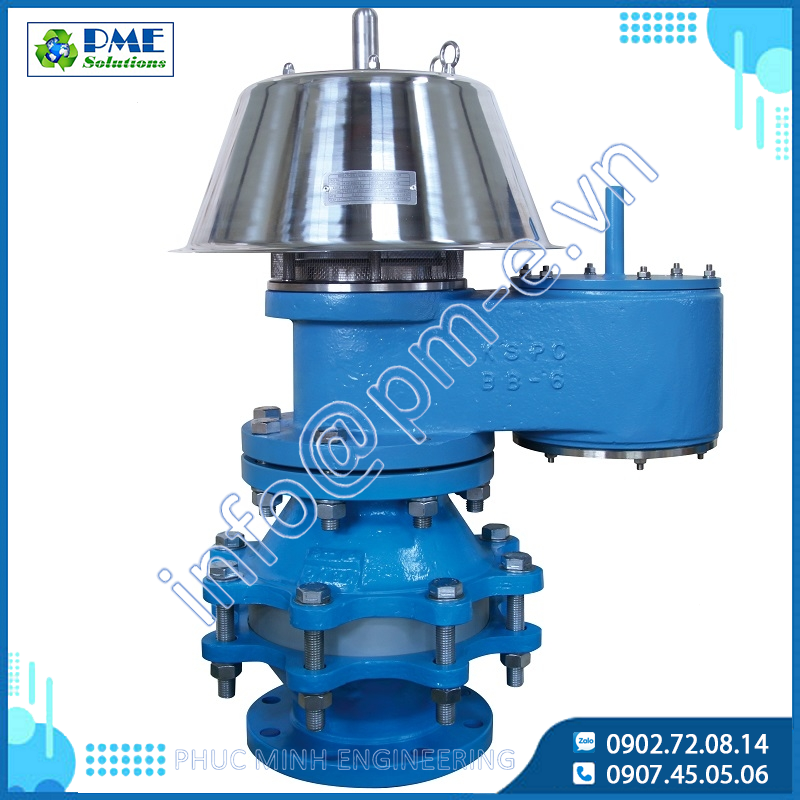
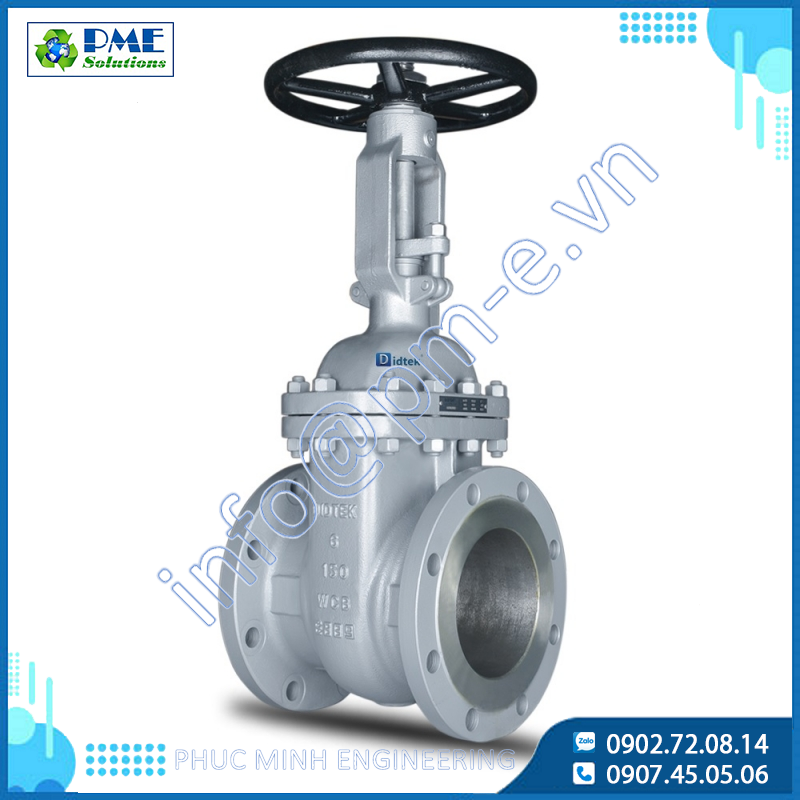
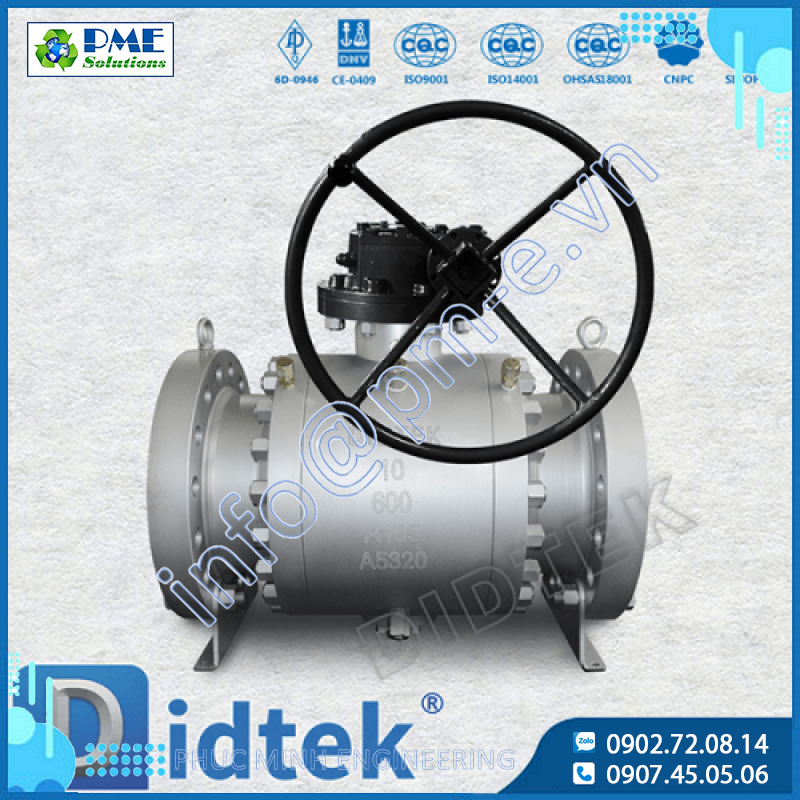
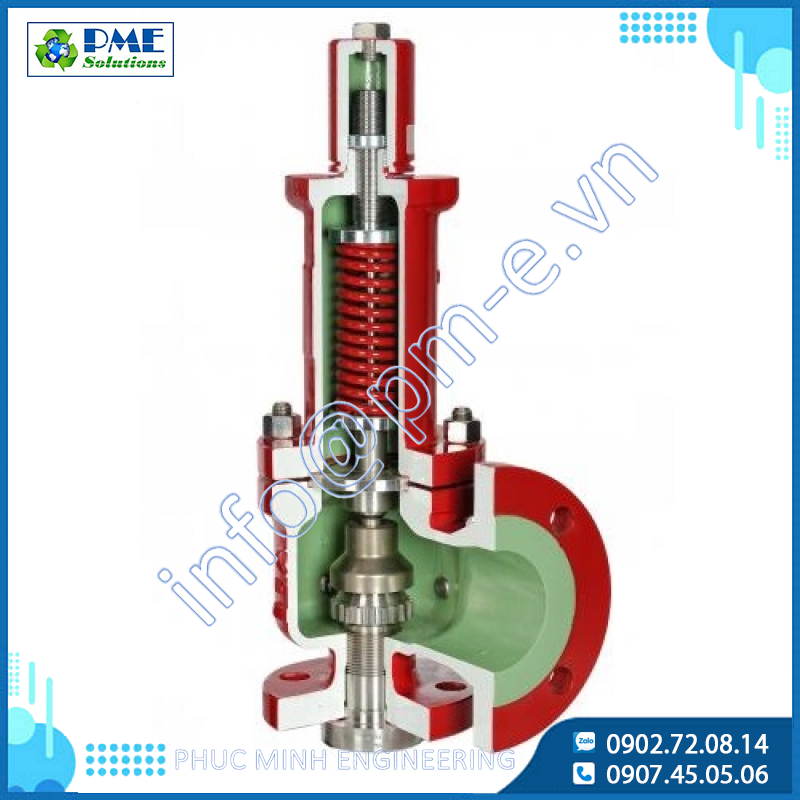
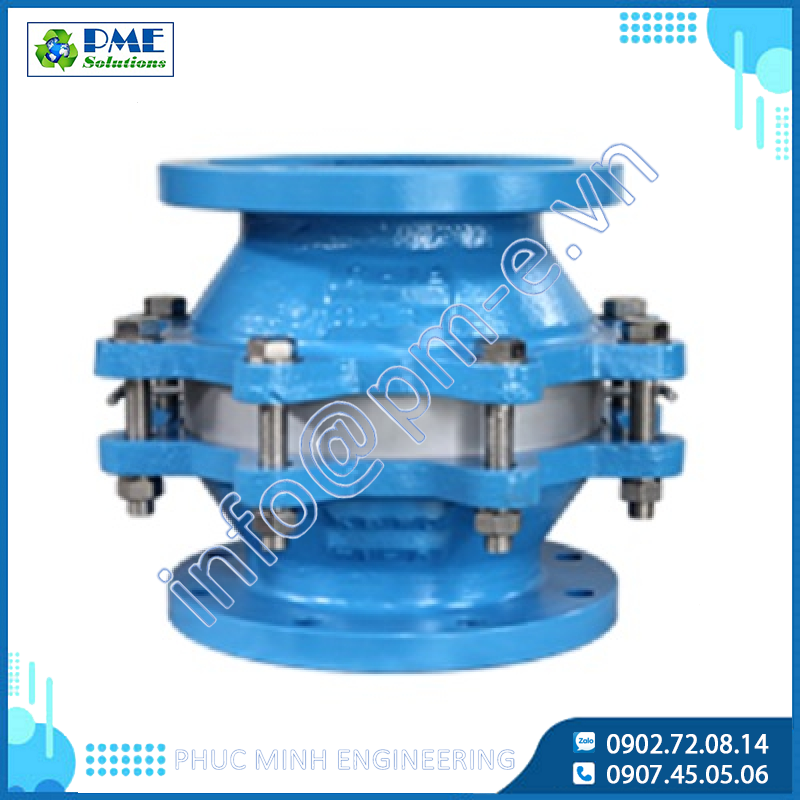


.png)






